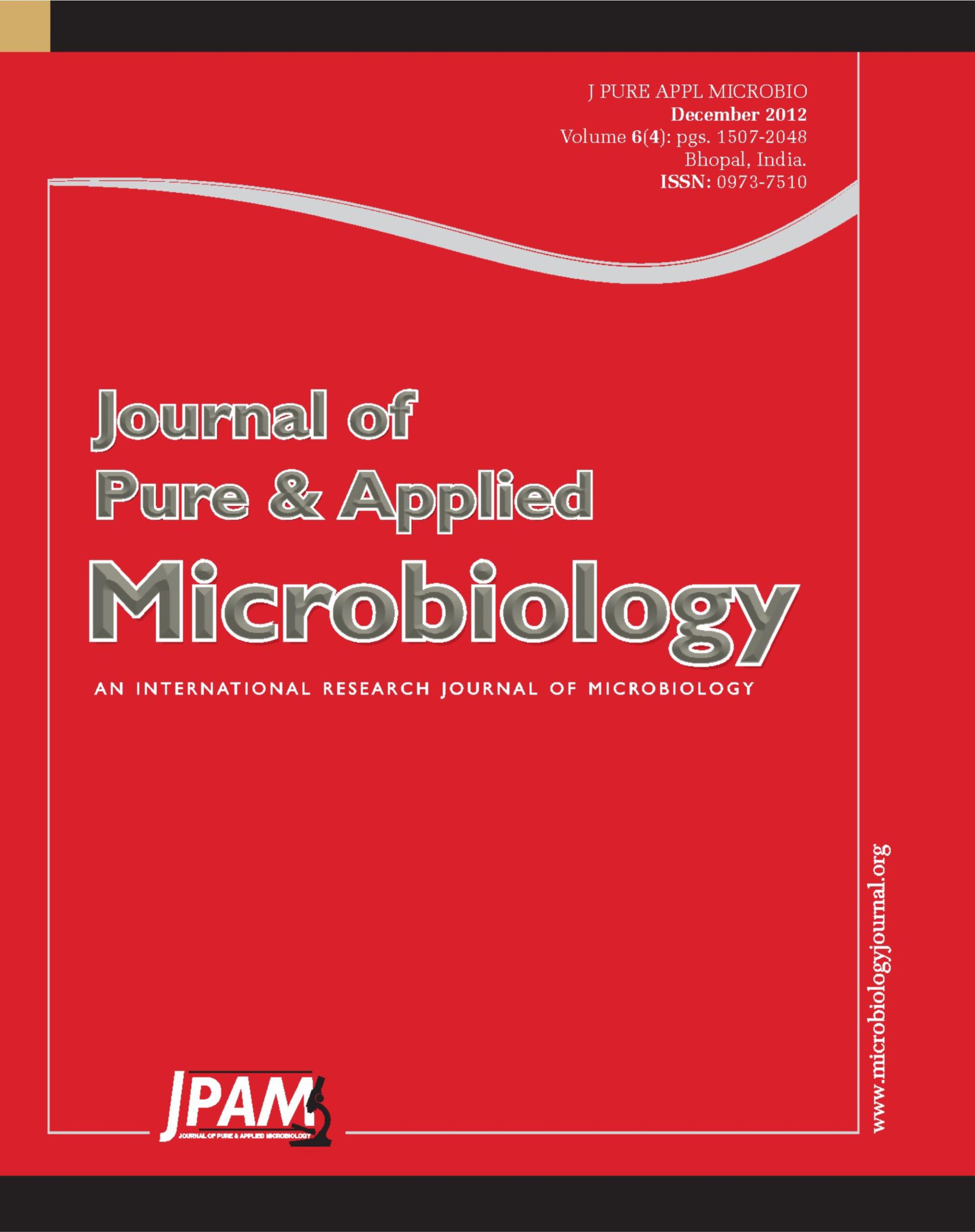A potential PHB producing Haloarchaeal sp. was isolated from salt pans around Bhavnagar coast. The isolate was identified as Haloarcula sp. AB19 by biochemical characterization and molecular phylogeny. PHB produced by the isolate was subjected to chemical characterization using various analytical techniques i.e., Nuclear Magnetic Resonance (1H, 13C- NMR) spectroscopy, Fourier Transform Infrared Spectroscopy (FT-IR), Gas Chromatography-Mass Spectroscopy (GC-MS), Thermal Gravimetric analysis (TGA) and Differential Scanning Calorimeter (DSC). The FTIR spectrum of PHB indicated presence of intense sharp blend at 1723.57 cm-1, 1281.20 cm-1, 2976.47 cm-1, 2933.30cm-1, 3448.44cm-1 and 1461 cm-1. The 1H NMR scans of the polymer revealed the presence of methyl, methylene, and methane protons. The 13C-NMR spectrum showed four main peaks at 169.134 ppm, 67.608 ppm, 40.789 ppm and 19.761. The DSC results showed that melting temperature (Tm) ranged between 170 and 174 °C and thermal degradation ranged from 260 to 340 °C as revealed by TGA. Thus, the polymer identified was a monomer of hydroxybutyrate i.e., poly â-hydroxybutyric acid (PHB). Overall results suggested that NMR, FTIR, GC-MS can be adopted as a non – destructive method for its chemical characterization. Haloarchaea thus, can be exploited for the production of PHB due to its ease of recovery, reducing the production costs and providing an attractive alternative to petroleum derived plastics.
Polyhydroxybutyrate, FTIR, Magnetic Resonance, GC-MS, DSC,· TGA, Halophilic Archaea
© The Author(s) 2012. Open Access. This article is distributed under the terms of the Creative Commons Attribution 4.0 International License which permits unrestricted use, sharing, distribution, and reproduction in any medium, provided you give appropriate credit to the original author(s) and the source, provide a link to the Creative Commons license, and indicate if changes were made.


